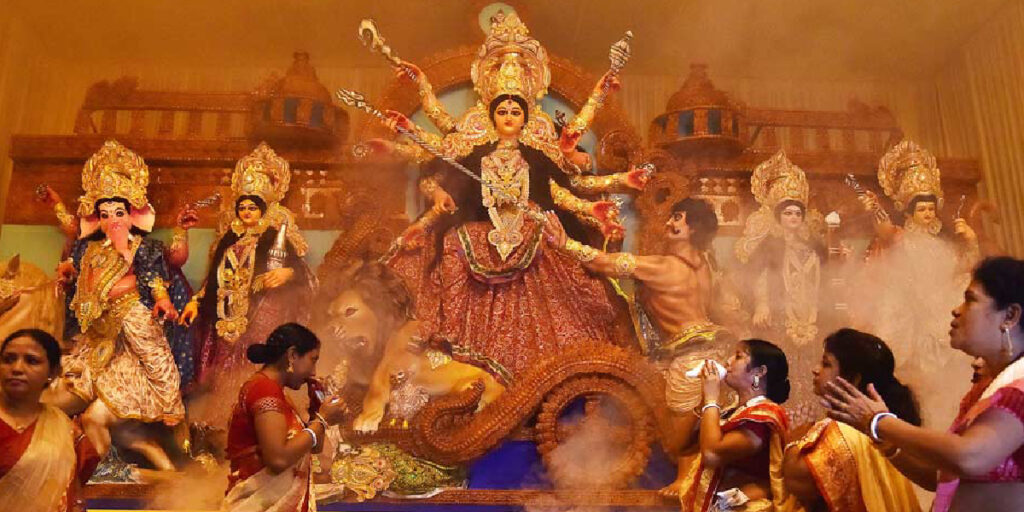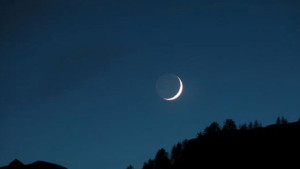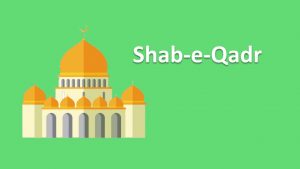Dhaka, Oct 4 (UNB) – Sharadiya Durga Puja, the iconic celebration of the Hindu community both in Bangladesh and West Bengal, has its roots deep within the cultural heritage. No other festival of the Hindu religion is observed as widely as the celebration of the victory of the goddess Durga over the demon king Mahishasura.
However, the true origin of Durga Puja in Bengal varies according to different schools of historians and scholars.
It is widely believed that the celebration of Durga Puja began in the late 14th century when Raja Kangsha Narayan, ruler of the current Tahirpur, organised the festival in Autumn Durga Puja in Bengal.
Currently, Tahirpur is a municipal town of Bagmara Upazila in Rajshahi. It is said that Kangsha Narayan spent Tk 9 lakh to arrange the puja.
According to another source, the landlords of Dinajpur hosted the first Achala Durga Puja in then Bengal.
A third school states that the first Durga Puja was organised by Raja Nabakrishna Deb of Calcutta in honour of Lord Clive in 1757.
Although in earlier days the Puja was organised by a handful of aristocrats on both sides of the border, from the late 19th century this culture started declining in favour of ‘Baroari’ Durga Puja. It is a celebration where each locality celebrates the festival collectively.
According to legends, Ballal Sen built Dhakeshwari Temple in the 14thcentury which subsequently started Durga Puja in Dhaka. However, the construction of Dhakeshwari Temple by Ballal Sen is not yet proven as the ancient structure of the Dhakeswari temple that still stands was built during the British period.
The context of Durga Puja was somewhat unfamiliar to the locals of Dhaka as it was arranged and attended by wealthy families. However, following the partition in 1947, many wealthy Hindu families were forced to migrate to West Bengal and slowly the Hindus in Dhaka began to celebrate the festival as a community.
Over the course of time, the celebration of Durga Puja has seen growth everywhere and people of all religions see the festival as an opportunity to connect and be a glaring example of communal harmony.
“Although Goddess Durga is worshipped by the Hindu, the festival of Durga Puja is for everyone,” said Nirmal Kumar Chattarjee, General Secretary of Bangladesh Puja Udjapan Parishad.
Nirmal Kumar Chatterjee said this year Durga Puja will be celebrated around 31398 mandaps across the country. “Within Dhaka city, a total of 237 mandaps have been set up to celebrate the occasion,” he said.
He told UNB that there have been several meetings with law enforcement agencies and other stakeholders to ensure no unwanted occurrence will take place amid the festivity.
About the vandalisation of idols in separate areas, he said these are the acts of miscreants who are looking to deviate the nation from the path of religious harmony.
According to statistics provided by the Bangladesh Puja Udjapan Parishad, the Puja will be celebrated divisionally with the highest number 7,271 mandaps in Dhaka. Rangpur emerges as a major centre for the ‘sanatan dharma’ in Bangladesh with 5,304 mandaps.
Of the rest, there will be 4456 in Chattogram, 2546 in Sylhet, 4936 in Khulna, 3512 in Rajshahi, 1741 in Barishal and 1632 in Mymensingh.
At a meeting with police officials in early September, Inspector General of Police (IGP) Md Javed Patwary instructed all the officers to ensure foolproof security during the Durga Puja this year.
Aside from tighter security, the law enforcement agencies are closely monitoring social media to thwart any plot of spreading hate speechand hurting religious harmony.
The ceremonies of Durga Puja began on Friday through “Shashthi Puja” and it will reach a crescendo before drawing to a close on Tuesday (Oct 8).




